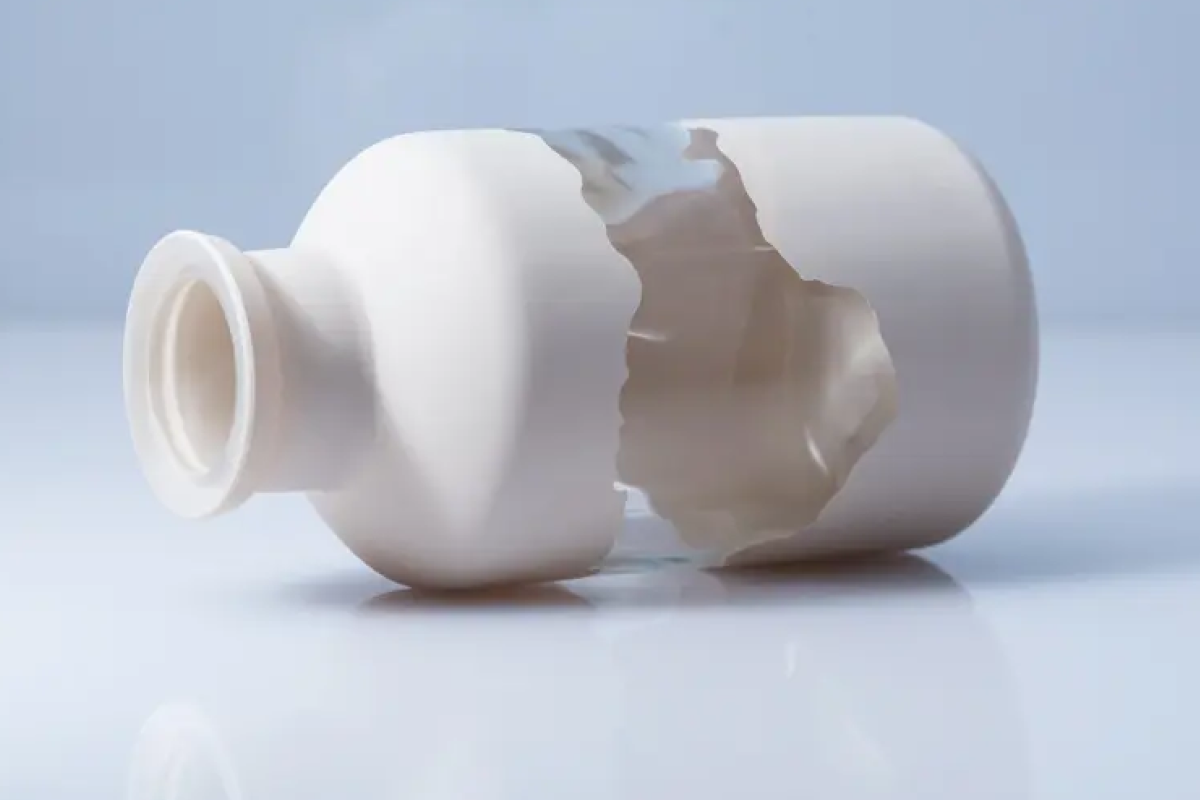Introduction to bottle coating lines
Bottle coating lines are industrial machines utilized for applying protective, colored, or metallic coatings on bottles in industries such as wine & spirits, olive oil, cosmetics, or perfumery. These coatings serve multiple purposes, from enhancing the bottle’s appearance to providing durability and improving the chemical resistance of the content (e.g., with UV screens). The most recent advancements in bottle coating lines focus on optimizing the coating process, reducing production time, and improving coating quality.
Evolution of technology in bottle coating
New technologies in bottle coating have revolutionized the way bottles are coated. The latest advancements include nanotechnology, which allows for a more precise and durable coating, and robotic arms that can load and unload bottles faster and with greater accuracy. Additionally, UV-curing systems have emerged, which provide quicker curing times and more environmentally friendly processes. These innovations have significantly improved efficiency and quality in the bottle coating industry.
Key features of the newest coating technology
The newest coating technology for bottle lines includes high-speed applications, improved accuracy, and enhanced efficiency. It also offers customized coating options and advanced quality control measures to ensure optimal coating performance.
Benefits of advanced coating techniques for bottles
To improve the durability and aesthetic of bottles, advanced coating techniques offer several benefits. These techniques boost scratch resistance, extending the lifespan of bottles. Moreover, they elevate the visual appeal by providing a sleek and modern finish through options like full-color coating, degradè, metalized, craquelé or feather effects that are considered premium. Coated glass serves as a viable alternative to specialty colored glass, such as blue or opaline glass, which is more costly and requires larger minimum order quantities (MOQs) and better planning, making it less flexible for customers to manage based on sales. Additionally, advanced coating methods shield bottles from corrosion and chemical damage, ensuring the contents remain safe for consumption over an extended period.
Application of technology in bottle coating lines
Technology has revolutionized bottle coating lines, making the process more efficient and precise. Automated coating systems now allow for a consistent application of coatings on bottles, reducing human error and increasing productivity. Ultraviolet (UV) curing technology is commonly used in these lines, providing quicker curing times and a more durable finish. Robotic arms are also being implemented to handle bottles safely and accurately during the coating process. Digital monitoring systems track each bottle’s coating application in real-time, ensuring quality control throughout the production line.
Sustainability and environmental impact
Modern bottle coating lines are incorporating sustainable practices to minimize their environmental impact. Companies are moving away from solvent-based coatings and investing in technologies like water-based coatings, which reduce the use of harmful chemicals. Energy-efficient drying processes are being implemented to lower energy consumption. Recycling is also a focus, with some lines utilizing recycled materials in their coatings. These technological advancements are beneficial for the environment and contribute to creating a more sustainable and eco-friendly production process.
Cost-efficiency and productivity enhancements
There are several recent innovations in bottle coating technology that can help enhance productivity and save costs. Some of these advancements include:
- Automated Inspection Systems: These systems help identify defects early in the production process, reducing waste and rework costs.
- Energy-Efficient Coating Equipment: Modern equipment is designed to consume less energy, lowering operational costs and improving overall efficiency.
- Predictive Maintenance Tools: By using data analytics and sensors, maintenance schedules can be optimized, reducing downtime and unexpected repair costs.
- Real-Time Monitoring Software: Monitoring software provides insights into the production process, allowing for adjustments to be made in real-time to improve efficiency.
- Robotics and Automation: Integration of robotics can streamline processes, increase output, and minimize labor costs.
Comparison with traditional coating methods
Newer bottle coating technologies are more efficient compared to traditional methods. The latest technology reduces the time it takes to coat bottles, increasing productivity from 300-500 bottles per hour to up to 4000 pieces per hour. It also provides a more consistent and durable coating, resulting in higher-quality finished products. Thanks to optimized spray methods, it reduces the use of raw material (coating) on each bottle and overall consumption.
Traditional methods, on the other hand, are slower and may result in inconsistencies in coating thickness. They mostly use liquid spray with thicker layers of coating and higher overall material consumption. Switching to the newest technology can significantly improve the efficiency and quality and consistency of the bottle coating process.
Future trends in bottle coating technology
Future trends in bottle coating technology are increasingly focused on enhancing efficiency and sustainability. Cutting-edge technologies like UV-cured coatings are now being used, resulting in quicker curing times and reduced energy consumption. Furthermore, the implementation of robotic systems is improving precision and consistency in applying coatings to bottles. The emergence of nano-coatings provides added durability and protection for the bottles. These technological advancements aim to streamline the coating process while also reducing environmental impact.
ATIU is actively enhancing two key aspects of the coating process in its facility. First, we are investigating optimizing the mask process and potentially applying a 3D-printed window to mask part of the bottle on an industrial scale. This innovation unlocks a more flexible approach, reducing the requirement for large investments or high volumes to justify the initial cost. Second, addressing the tooling aspect, a current significant challenge, by optimizing the tooling to stabilise the bottle during coating, thereby increasing the precision of any gradient and net cut is a priority for further refinement.




